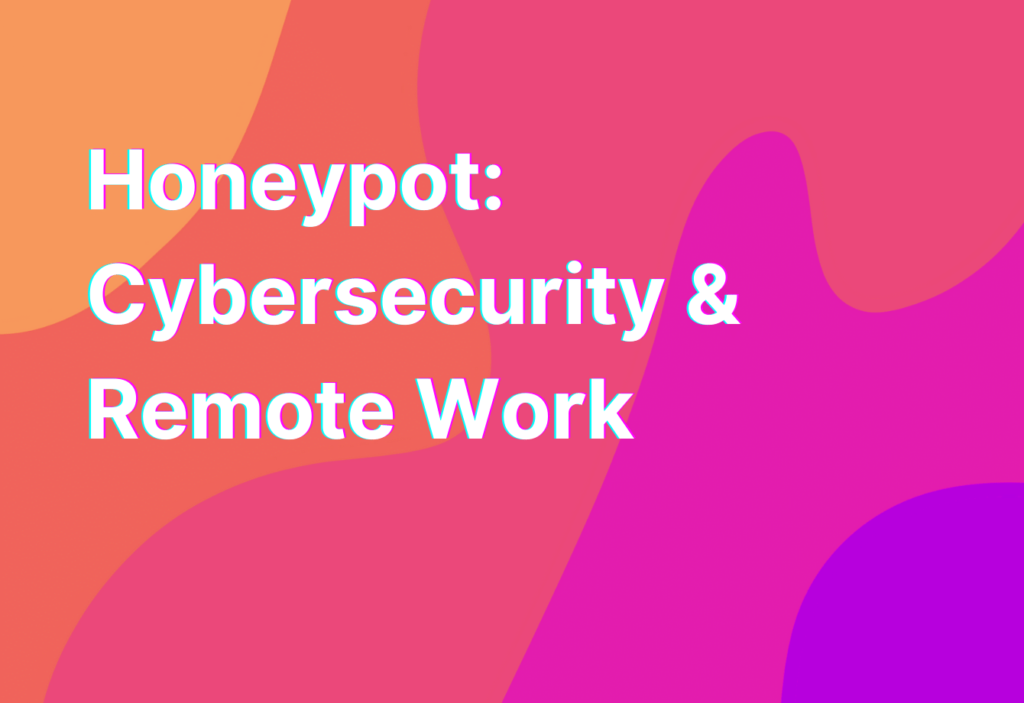Honeypot: Cybersecurity & Remote Work
Hey there, remote work enthusiasts! It’s Ashley here, your friendly remote work advocate with another informative blog post. Today, we’re diving into the world of cybersecurity and how it relates to remote work. Specifically, we’ll be talking about a fascinating concept called honeypot. So grab your favorite cup of coffee and let’s get started!
What is a Honeypot?
Now, you might be wondering, what on earth is a honeypot? No, it’s not a pot filled with honey that you can dip your fingers into whenever you feel like it (although that does sound pretty sweet!). In the cybersecurity realm, a honeypot is a decoy system or network that is intentionally set up to attract cyber attackers.
Think of it as a trap, like a Venus flytrap for hackers. The idea is to lure them in with the promise of valuable data or vulnerabilities to exploit, while in reality, the honeypot is closely monitored and isolated from the rest of your network. It’s like having a secret agent undercover, gathering valuable information about potential threats.
Why Use a Honeypot in Remote Work?
Now, you might be wondering, why would anyone want to use a honeypot in the context of remote work? Well, my friend, remote work comes with its own set of unique cybersecurity challenges. When your team is spread out across different locations, it can be harder to maintain a secure network and protect sensitive data.
By using a honeypot, you can gain valuable insights into the tactics and techniques that cyber attackers might use to target your remote team. It’s like having a secret weapon in your cybersecurity arsenal. Plus, it allows you to proactively identify and address any vulnerabilities in your remote work setup.
Benefits of Using a Honeypot
Now that we know what a honeypot is and why it’s useful for remote work, let’s dive into some of the benefits it can bring to your cybersecurity strategy:
- Early Detection: A honeypot can help you detect cyber threats at an early stage, giving you a head start in mitigating potential damage.
- Insight into Attack Techniques: By analyzing the activities within the honeypot, you can gain valuable insights into the tactics and techniques used by cyber attackers.
- Enhanced Security Awareness: Using a honeypot can help raise awareness among your remote team about the importance of cybersecurity and the potential threats they may face.
- Improved Incident Response: With the information gathered from the honeypot, you can fine-tune your incident response plan and be better prepared to handle any future attacks.
- Peace of Mind: Knowing that you have a honeypot in place can provide peace of mind, knowing that you’re actively monitoring and protecting your remote work environment.
So, as you can see, a honeypot can be a valuable tool in your remote work cybersecurity toolkit. It’s like having your own secret agent working behind the scenes to keep your data safe and sound.
Wrapping Up
Well, folks, we’ve reached the end of our cybersecurity journey. We’ve explored the fascinating world of honeypots and how they can benefit remote work. Remember, cybersecurity is a crucial aspect of remote work, and using tools like honeypots can help you stay one step ahead of cyber attackers.
If you want to dive deeper into incident response for remote work, be sure to check out this link. It’s a comprehensive guide that will provide you with all the essential information you need to know.
Until next time, stay safe and keep those honeypots buzzing!


